The Galloway Terra-Cotta Company Of Philadelphia
A Brief History And Examination
By Justin W. Thomas - February 03, 2023
I was in New York City with my nephew Jason, and we ended up stopping at the Annex Markets outdoor flea market in Manhattan. This is where we found an ancient style terracotta planter, although at the time, I was unsure of the manufacturer but felt it was American made. Nonetheless, I set it aside on a shelf in my cellar, hoping to eventually learn more about it. Surprisingly, while recently reading over a 52-page catalog published in 1905 by the Galloway Terra-Cotta and Pottery Company in Philadelphia, I found a number of objects that were manufactured just like this planter. According to the catalog, in part, The gardens of Italy are the chief source of inspiration. Terracotta is less than inferior work in the cheapest stone. It is also superior in color, finish and durability to any cement composition. It is this combination of price, beauty and durability that has won high favor for our productions. We have had large displays at several of the large exhibitions, notably: The Centennial Exposition in Philadelphia, The Columbian Exposition in Chicago and the Exposition at Saint Louis. In every instance, the highest award was given for superior artistic qualities and technical skill. The Galloway Collection of Terra-Cotta and Pottery shown in this catalogue includes many original designs and replicas from antique art adapted to our present needs and in harmony with the prevailing styles of architecture. Everything shown in the Galloway catalogs are copies of Greek or Roman classic design, much of which was drawn from objects displayed at the British Museum in London, among other art museums and sources. From the late 19th to the early 20th century, the company marketed heavily with leading architects around the world. Interestingly, Galloway was one of the premier pottery companies in America during this period, and among the companys accomplishments was manufacturing terracotta for Grand Central Station in New York City. Unfortunately, though, that work has since been torn down. Furthermore, the planter that we found in Manhattan is entirely surrounded with cherubs or cupids and rams, whereas similar types are shown in the 1905 catalog described with various titles. This type of design is also found with European porcelain and Renaissance art. Among the notable objects made by Galloway was a terracotta fountain that portrays two small children under an umbrella, called Out in the Rain, bearing the makers mark, Galloway & Graff, 1725 Market Street. Philadelphia. This object was inspired after an Italian version that was exhibited at the Centennial Exhibition in 1876. Some of the classic terracotta sculptures of figures made in Philadelphia and an urn are also illustrated in the 1876 book, United States Centennial International Exhibition. The catalogs note that some objects can be purchased with or without a glaze, where some of the best glazes produced were blue, teal and green, often found today on urns standing two or three feet in height. The catalogs also state that some of the large urns are available with or without bands surrounding the interior, such as a large, unmarked terracotta urn with a glazed interior that I found in Salem, Mass., about a decade ago. Prices also varied, where most of these objects were expensive, considering that some of the forms cost as much as $100 or more each. The sophistication or the amount of decoration (such as glaze, size and added features) were typically the driving factors when considering what the object cost when it was originally produced. About the Company William Galloway (about 1838-1913) and John Graff formed a partnership in Philadelphia in 1868 to continue an older business established in 1810 (as cited on post 1868 advertising), although not a lot is known about this earlier company. Their firm was located at 1723-1725 Market Street near 18th Street, where they specialized in utilitarian and ornamental terracotta. Nineteenth and 20th century advertising reveals they made urns, pedestals, fountains, flower boxes, sundials, benches, gazing globes and bird baths, as well as some architectural decoration, which was manufactured from red and white clays found in Pennsylvania, Maryland and New Jersey. Like other American manufacturers, Galloway and Graff perceived the 1876 Philadelphia Centennial Exposition as an opportunity to expand its reputation and its sales nationwide. The companys display received the only commendation awarded in the field of artistic terracotta. It included vases and urns copied from examples in The British Museum, as well as full-scale replicas of statuary. The firms 1876 catalog illustrates, among others, the Apollo Belvedere from the Vatican Collections, Dancing Girl by Antonio Canova and Echo by Bailly, otherwise known as Joseph Alexis Bailly (1825-1883), a Parisian-born woodcarver and sculptor working in Philadelphia, who taught at the Pennsylvania Academy of the Fine Arts during this period. From 1875 to 1881, patents were issued to William Galloway for such practical earthenware products as the 1879 porous refrigerator. In 1876, perhaps inspired by copies of ancient Greek vases displayed in the Danish Pavilion at the Philadelphia Centennial Exposition, Galloway and Graff began to offer a full line of artistic vases and plaques based on antique models that, to judge from the regular notices published in the Crockery and Glass Journal, remained extremely popular at least through the mid-1880s. Some of these were decorated before being sold, but amateur artists could also obtain unpainted bisqueware. Examples of both kinds, some of which matched illustrations in the 1876 catalog, were purchased in 1882 by the Womens Art Museum Association for the Cincinnati Art Museum collection (although they were catalogued by the museum as a gift in 1881). Alfred Traber Goshorn (1833-1902), who in 1882 became the museums first director, had previously served as the director general of the Centennial Exposition and admired Galloway and Graff terracotta. In fact, a terracotta mask, the visage of a bearded old man in a cloth cap, is inset above the fireplace in the original directors office of the first Cincinnati Art Museum building, which was designed by James McLaughlin and constructed between 1882 and 1886. The firms physical plant was moved to Walnut Street near 32nd Street in Philadelphia in 1889 and was destroyed by a fire only five years later. But when it was rebuilt on the same site, the building reportedly included some 90,000 square-feet of exhibition space in addition to the workrooms. Operating under the name of William Galloway by 1893, the firms display of ornamental terracotta won a first prize at the Chicago Worlds Columbian Exposition that year and a grand prize at the Saint Louis Worlds Fair in 1904. The company was incorporated as the Galloway Terra-Cotta Company in 1911, with Galloways son, William B., as president, and continued producing pottery until at least 1941. Sources: Burke, Doreen Bolger. In Pursuit of Beauty: Americans and the Aesthetic Movement. New York, N.Y.: Rizzoli Publishing, 1986. Galloway Terra-Cotta Company 1905 Catalog. United States Centennial International Exhibition, 1876.

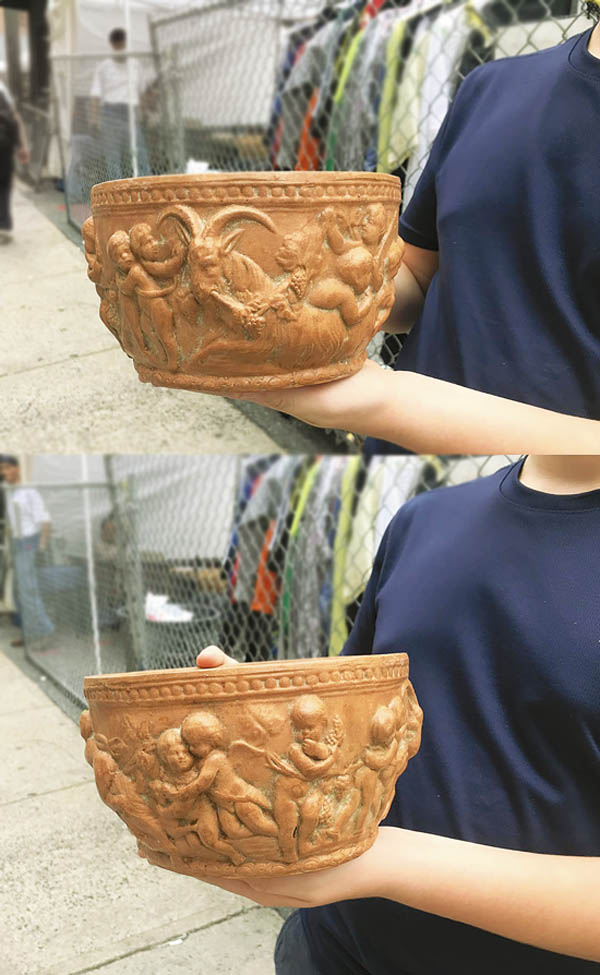

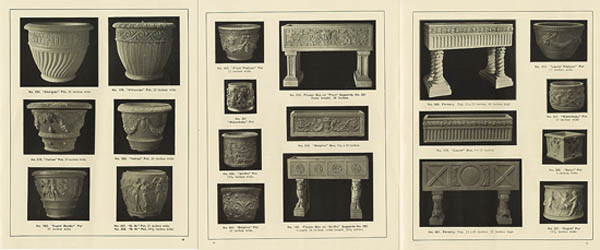
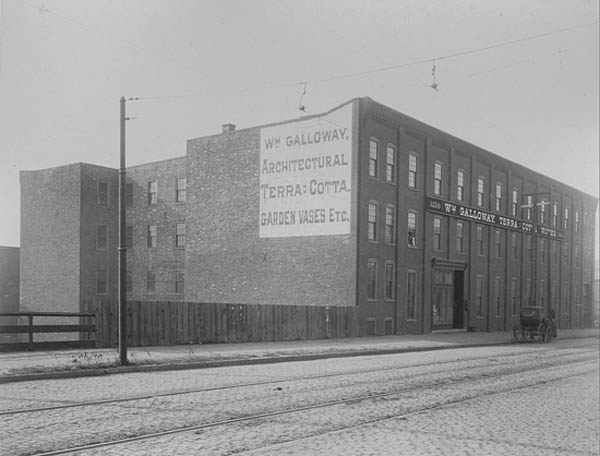


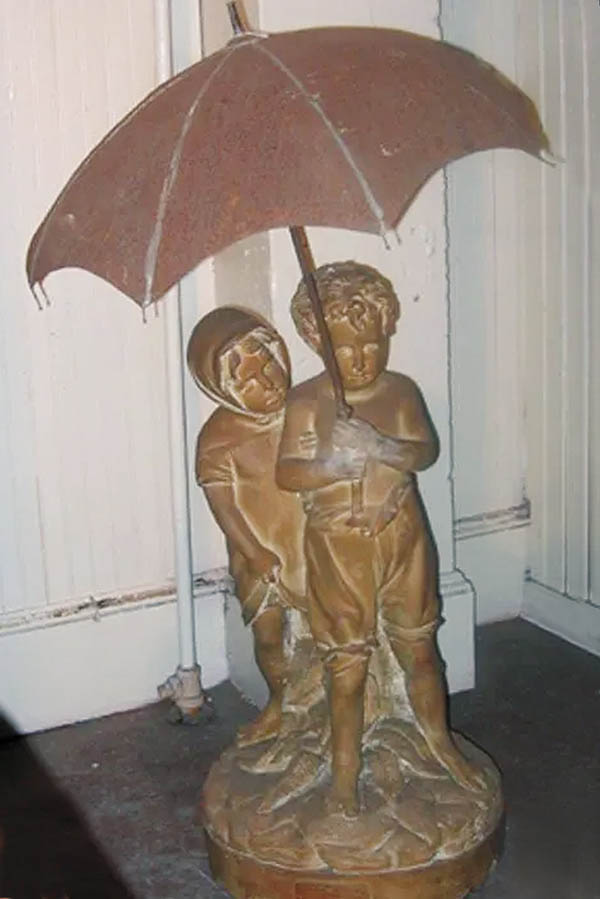
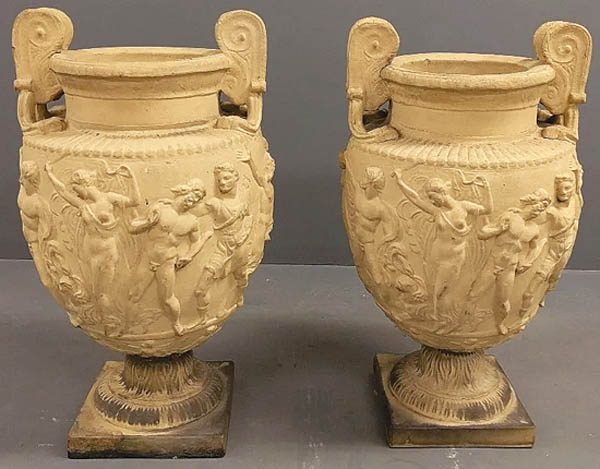




SHARE
PRINT